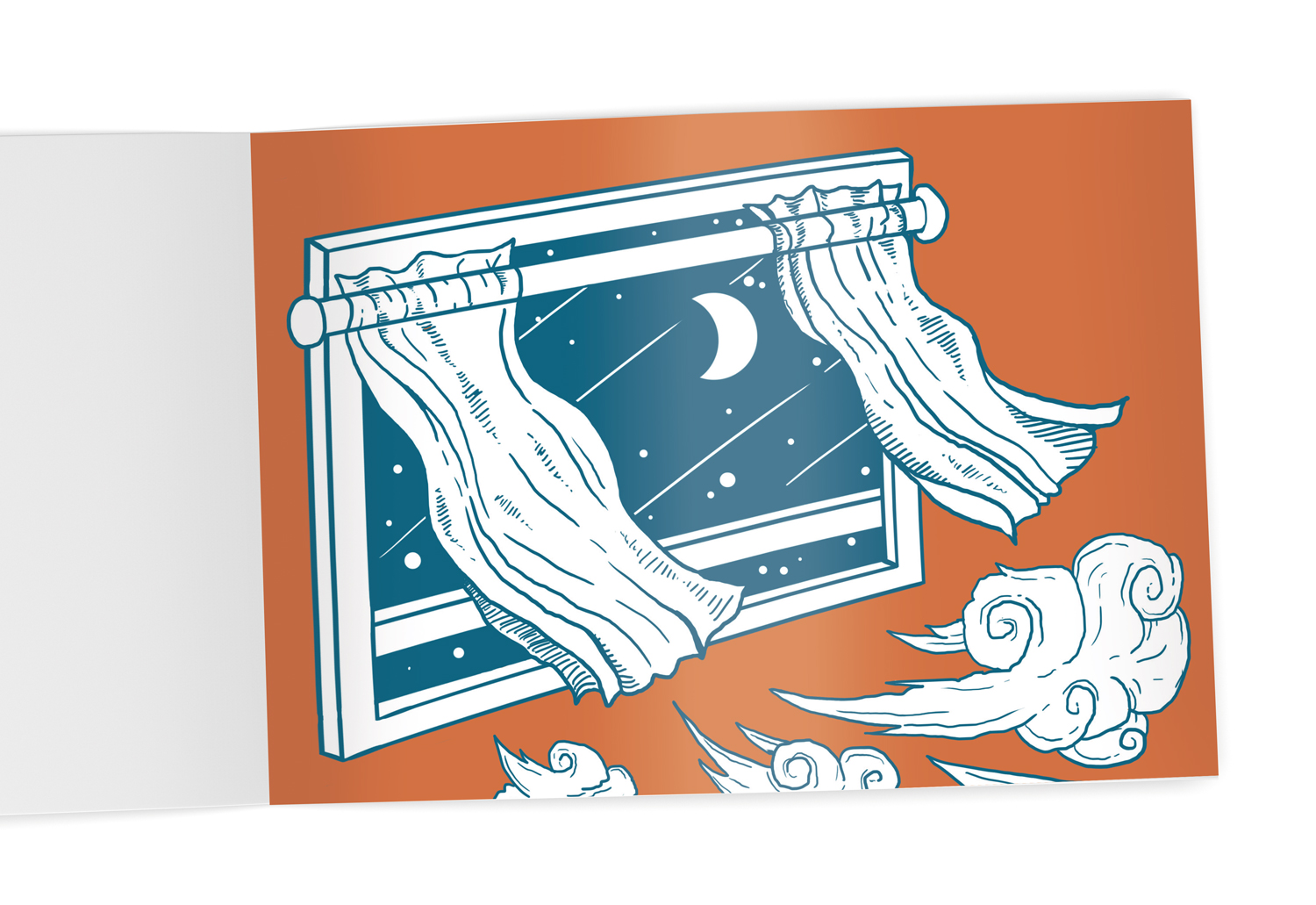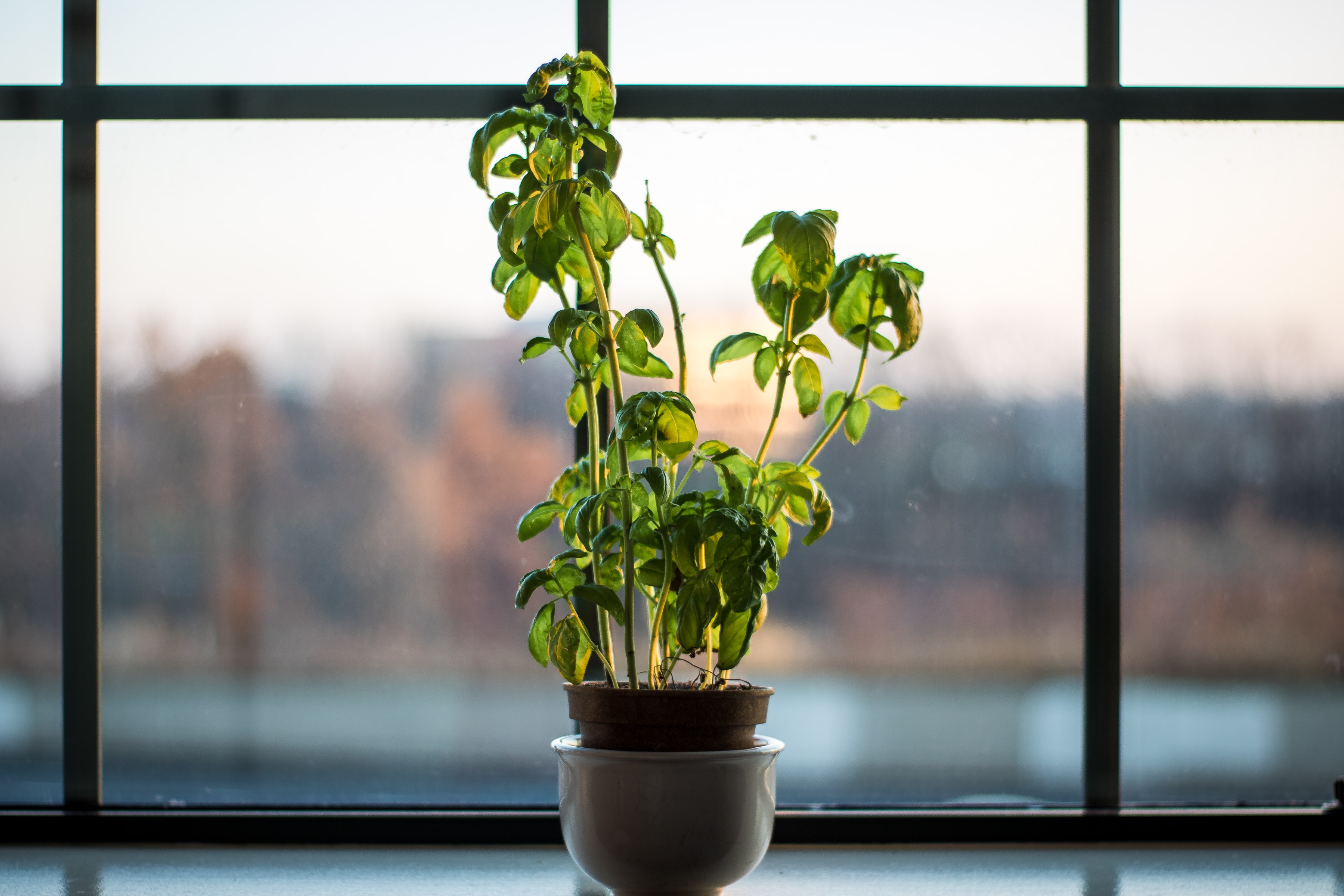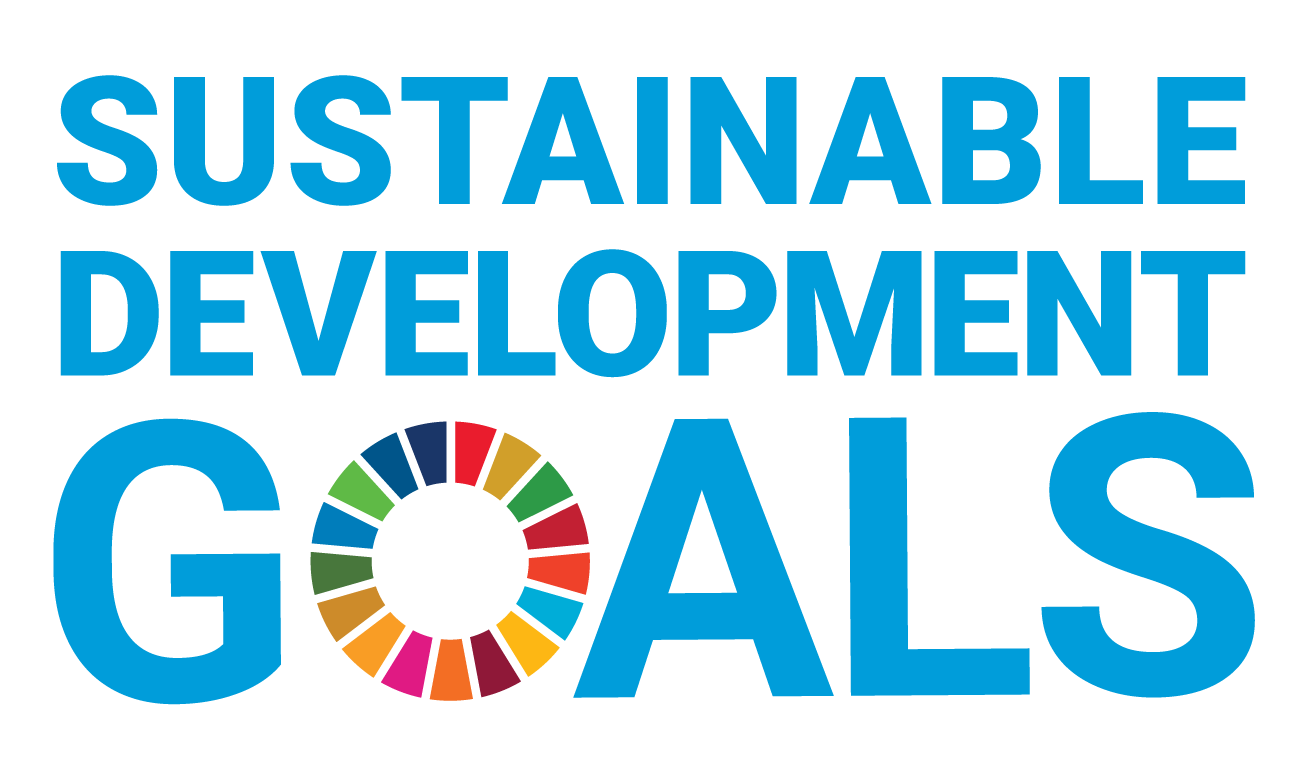You can search for courses, events, people, and anything else.
By drawing on community knowledge, researchers at Western Sydney University have produced an informative and accessible pamphlet that outlines simple ways to deal with rising temperatures in the home. With summers predicted to become hotter due to global warming, the pamphlet will prove a valuable resource.
“The pamphlet emerged from a project that we’d done with households in Western Sydney looking at how they respond to the heat and what strategies they employ,” says Louise Crabtree-Hayes, a professor at Western’s Institute for Culture and Society. “It was really interesting as there was this phenomenal pot of knowledge about dealing with the heat in the community and we wanted to make it more accessible to people.”
The practical strategies given in the free pamphlet, which is called Preparing for the Heat, are deliberately low-tech and easy to implement. Typical examples include placing potted plants outside windows, having face towels that can be soaked in water, and identifying cooling refuges within five minutes from home. Air conditioning is only mentioned once. “Not everyone has air conditioning or is able to afford to run it if they do,” says Crabtree-Hayes. “The suggestions were selected to cause people to think ‘These are things around the home I could do to make it a bit cooler on a hot day’.”
Being cooler is not just a matter of comfort; being too hot can induce heat stroke or cause health complications, especially in the more vulnerable such as the elderly and those with pre-existing health conditions.
To enhance its accessibility, the pamphlet is light on words and attractively illustrated. It is being distributed both physically and on a range of websites.
The team is now working with community housing providers across western Sydney on how social housing residents can be heat-ready. That work is being led by Associate Professor Stephen Healy and has been funded by the Australian Research Council and community housing providers and social housing advocacy organisations.
Meet the Academic | Associate Professor Louise Crabtree-Hayes
Louise Crabtree-Hayes is an Associate Professor and Principal Research Fellow in the Institute for Culture and Society. Her research has focused on integrated approaches to sustainability and resilience for more than 20 years. Her work is characterised by interdisciplinary approaches to how we can live in cities as ecosystems, enabling human and non-human life to thrive by understanding ourselves as embedded ecological agents. Louise’s work therefore focuses on principles, models, and governance options that can deliver and steward the entwined objectives of decoloniality, regenerative design, community benefit, and diverse housing options.
As well as working on urban cooling strategies, Louise is the leading Australian researcher on community land trusts, and has expertise in community housing, cohousing, co-operatives, and shared equity housing. She previously led the development of Maldhan Ngurr Ngurra – the Lithgow Transformation Hub, and is currently leading a national study on articulating value in affordable rental housing co-operatives co-funded by the Australian Research Council and the Australian Co-operative Housing Alliance and in partnership with members of the Alliance and housing co-operative members.
Credit
Future Makers is published for Western Sydney University by Nature Research Custom Media, part of Springer Nature.
© Jamie Street/Unsplash
©2022 WSU/Thomas Baldwin; umesh chandra/iStock/Getty
© Lesly Juarez/Unsplash






